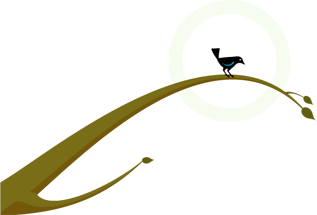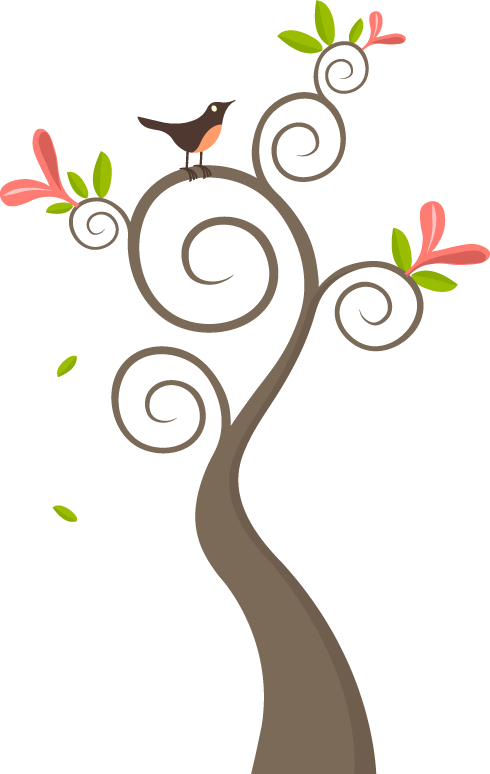

DISCOVER YOUR PLACE
AMONG THE WILD THINGS
| |
| home |
| science and art of sound |
| adventures-to-go |
| about creative artists |

|
DEFINITION OF SOUND For humans, hearing is limited to frequencies between about 20 Hz and 20,000 Hz, with the upper limit generally decreasing with age. Other species have a different range of hearing. For example, dogs can perceive vibrations higher than 20,000 Hz. As a signal perceived by one of the major senses, sound is used by many species for detecting danger, navigation, predation, and communication. Earth's atmosphere, water, and virtually any physical phenomenon, such as fire, rain, wind, surf, or source: LOOKING FOR SOMETHING SPECIFIC? |
| SCIENCE OF SOUND |
|
All animals rely on sound. People depend on the perception of sound for clues to our environment, for social bonding and to avoid danger. Non-human animals depend on a healthy aural environment for their survival. Birds and other animals may enjoy vocalizing, but sound is an important component for success in a competitive world. From elephants to marine mammals to moths -- yes moths! -- animals rely on sound for learning, reproduction and food. A natural soundscape is fundamental to the quality -- and quantity-- of our life on earth. WHAT IS SOUND? The experts at How Stuff Works tell us that sound is vibration through matter. That's not much to go on. Maybe a better question is "What does sound mean to me?" There's a field of study called Bioaccoustics. Bioaccustics is the cross-discipline of the science of biology plus sound (accoustics). All animals are, in a large part, bioaccoustical beings. Sound may equal survival. Another area of sound study and my personal passion, Accoustic ecology, is about understanding the relationship, mediated through sound, between living beings and their environment. If you are enjoying a natural soundscape, you may consider yourself to be a sound ecologist. Want to know more about acoustic ecology? Take a look at the National Park Service's Natural Sounds Program. Consider a membership in the World Forum for Acoustic Ecology or its American chapter. If you want to help preserve and protect the experience of natural sound for others, there are advocacy opportunities in your area to reduce sound pollution and increase protection of natural sound habitat. Keep your ears open for ways to get involved and check Note Catcher blog for ideas. Speak up (and often) in your own community on behalf of natural soundscapes. You'll be working to make our world a healthier and happierplace for all. The survival of our natural world depends on the power that humans wield to protect and appreciate it. Access to a life-supporting soundscape is critical to animal survival, but it's also encoded in our own human DNA. A world with little natural sound would greatly diminish human quality of life while increasing our stresses. A meaningful definition of sound, then, is what sound means to the health and happiness of those you care about. |
| ART OF SOUND |
|
"Sound Art" is a diverse group of art practices that considers wide notions of sound, listening and hearing as its predominant focus", claims the Wikipedia. From the sound artist, we get our music and more. Spoken poetry is sound art. There are also sound sculptures, sound installations and film, video and games. If you think of it, anything that is language-based can be considered sound art. Sound is present in everything we experience in life. It is the appreciation of art, and including the sounds evoked, that opens our senses to thoughtful, emotional enjoyment of life. LISTENING TO LANGUAGE For a lovely example of how the sense of sound is inherient in language, I give you this poem by one of my favorite poets, Mary Oliver. What can you hear in her descriptions? How do the sounds in this poem connect you with the feeling of the experience?
Mary Oliver |
|
DO YOU HEAR WHAT I HEAR? Sound Facts and Resources INTERNET AUDIO ARCHIVES WILD SANCTUARY'S GOOGLE EARTH ADVENTURE HOW LOUD IS LOUD?-- SCIENCE OF UNDERWATER SOUND ACCOUSTIC ECOLOGY INSTITUTE LANGUAGE AND MOVEMENT Animal Communication ANIMAL COMMUNICATION - CORNELL LAB THE SINGING LIFE OF BIRDS ANIMAL VOCALIZATION AND BEHAVIOR (AUDIO & VIDEO) HOW ANIMALS HEAR -- BARN OWL AND DESERT FOX WHALESONG DOLPHIN COMMUNICATION PROJECT Poet's Corner ACADEMY OF AMERICAN POETS WHAT WILL YOU DO WITH YOUR ONE WILD AND PRECIOUS LIFE? |
